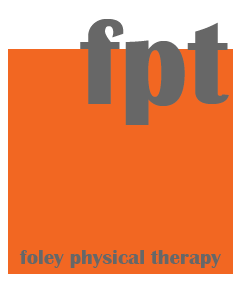 photo courtesy of Train with Joan “Long term physical exercise is safe and effective in older adults… Sedentariness is the lethal condition.” (Izquierdo, 2021) If exercise were a pill, it would be the most universally prescribed medication, young and old. Exercise can help reduce the risk or mitigate the effects of, cognitive decline, heart disease, diabetes, metabolic syndromes, sarcopenia (age related muscle loss), respiratory illnesses, depression, anxiety, pain and so much more. Two diseases that exercise has been shown to help where there is no medicinal intervention are sarcopenia (loss of muscle mass) and dementia. Yet, only 23% of people aged 18-80 in the US meet minimum recommended activity guidelines (150 minutes of moderate-vigorous aerobic training and 2+ days of resistance training).  With the number of people aged 80+ tripling by 2050, maximizing functional health and independence in older adulthood is a public health priority. With ageing we lose muscle mass, cardiovascular endurance and balance in addition to increased risk of chronic diseases. Exercise and physical activity is a low cost, low risk and high reward intervention to mitigate these effects, leading to a higher quality of life in old age. Working in Engine House 16, I get to see some of the healthiest and highest functioning adults in Pittsburgh, particularly those who have worked with Beth and Fitness Essentials over the years. Yes, these long-time clients may not be able to do what they did 20 years ago, but when compared to their peers and those of younger sedentary individuals, their vitality is remarkable. Getting the pill's dosage right is just as important as taking it itself. Unfortunately, we have been primed to view all older adults as frail. As such, challenging older adults with higher intensity exercise has been a difficult sell in therapy and training circles. An expert consensus on “international exercise recommendations in older adults,” however, encourages higher intensity exercises, even for the sick. This means exercises should be either getting you out of breath or feeling a muscle burn! Dosing intensity can come in the form of complex physiological markers or simpler subjective scales. The most common scale to use is the modified borg scale (see below). Experts recommend exercising in the 7-8 range to maximize the exercise effect for those who have been cleared by their doctors. When taken on average, most 20 year olds will be able to do more than most 80 year olds (although not always) but the relative intensities would be the same. For one person, that may be running instead of jogging. For some, such as the people I see in skilled nursing, that may be sitting instead of lying. Not only can this be applied to healthy older adults, but becomes all that more important in people who are having health issues (pain, chronic disease, etc…). THIS is where a physical therapist uses their knowledge to address the impairment itself alongside the general health of the person while keeping them safe. Exercise, hard exercise, has a role in everyone’s life. It should be multifaceted including aerobic, strength, power and balance training. It won’t be the same from one individual to the next, but it is the pill we all need to be on and the dosage should be high to maximize its benefit. https://www.alphanet.org/living-with-alpha-1/exercise/exertion-and-exercise-safety/ Source: Izquierdo et al. International Exercise Recommendations in Older Adults (ICFSR): Expert Consensus Guidelines. The Journal of Nutrition, Health and Aging. July 2021. Comments are closed.
|
Author:
|
Proudly powered by Weebly

 RSS Feed
RSS Feed